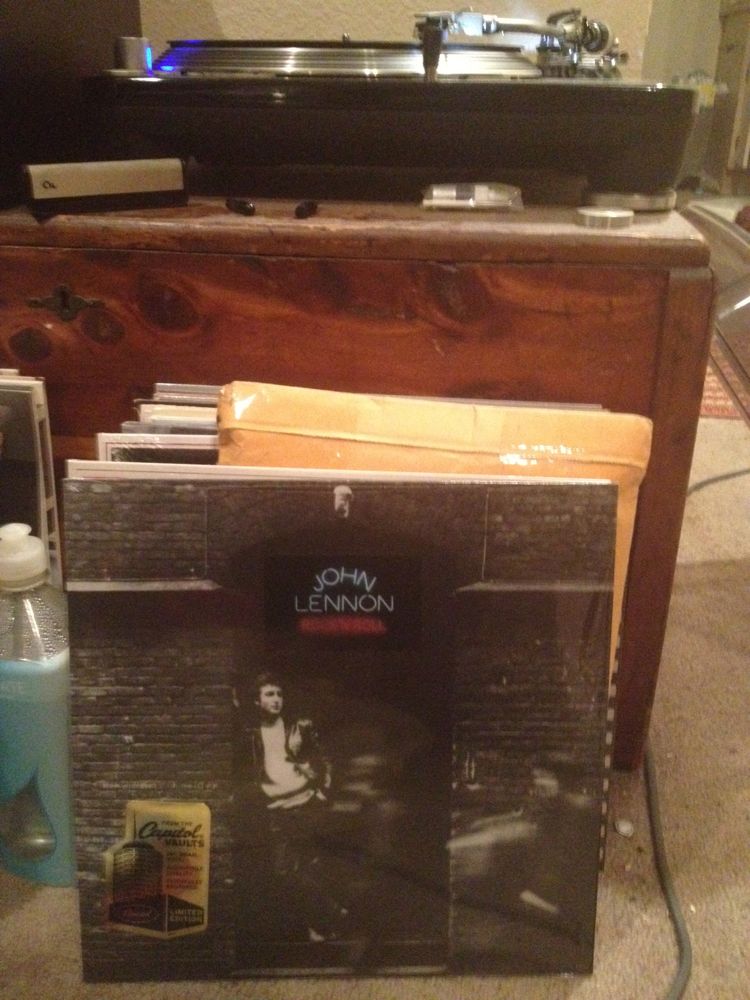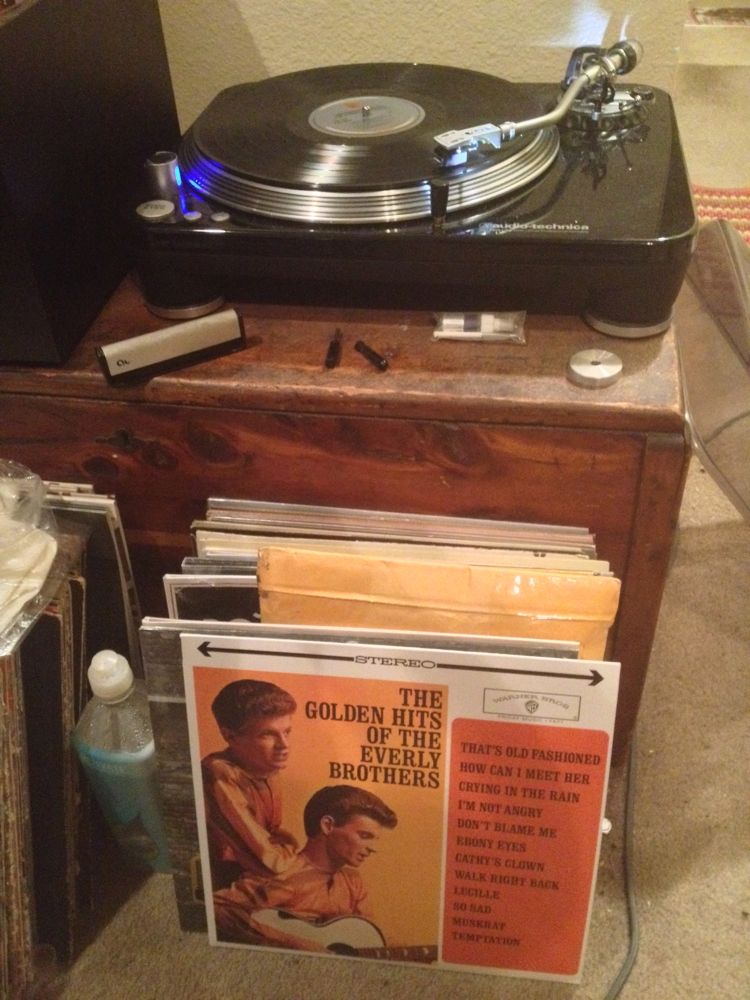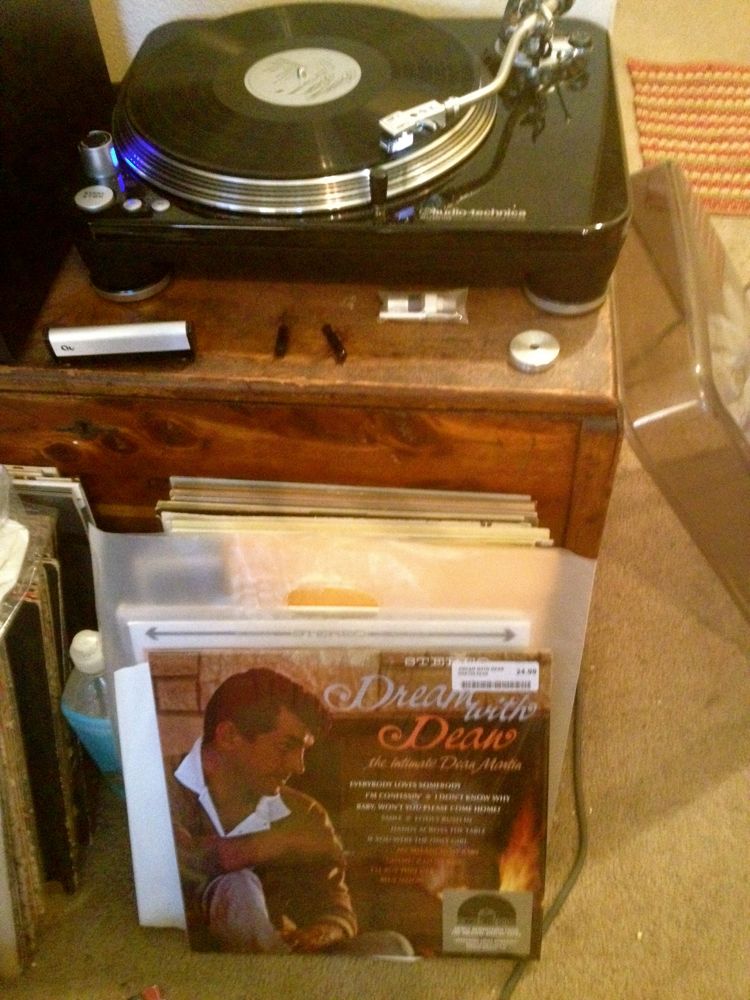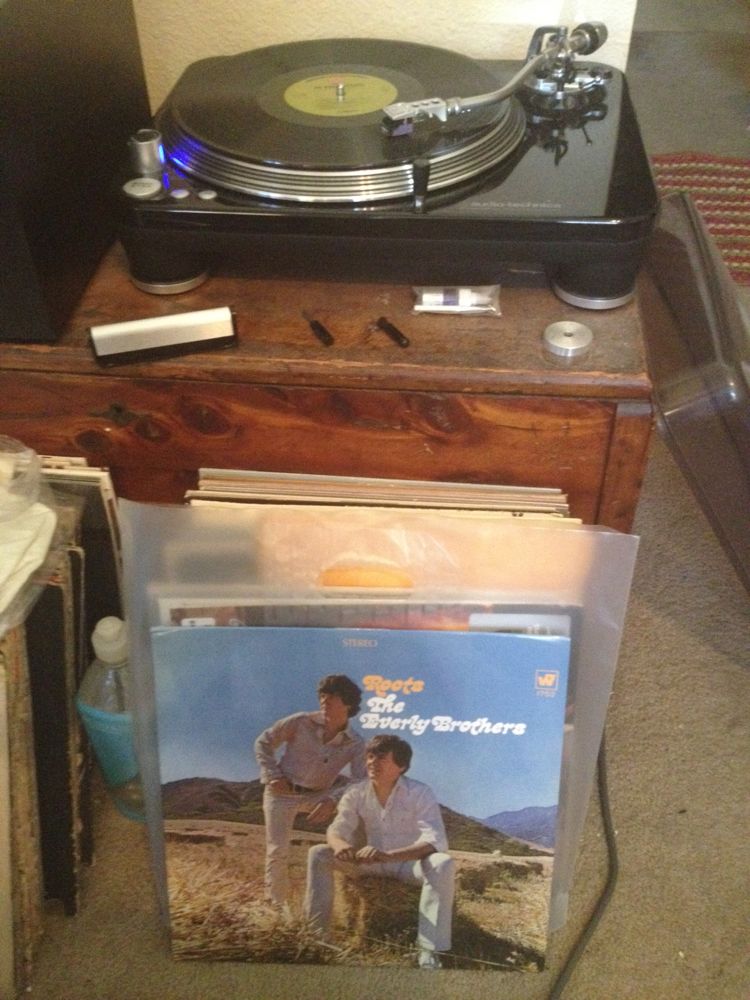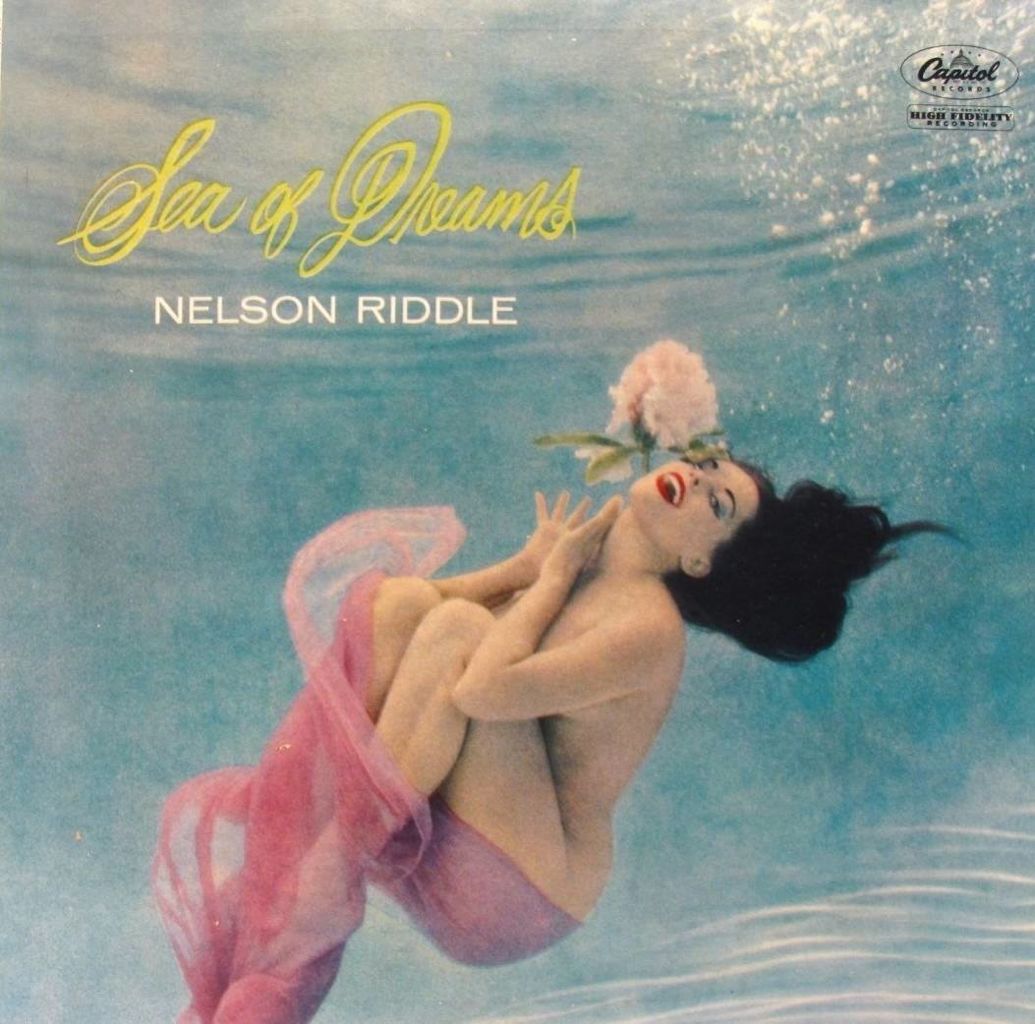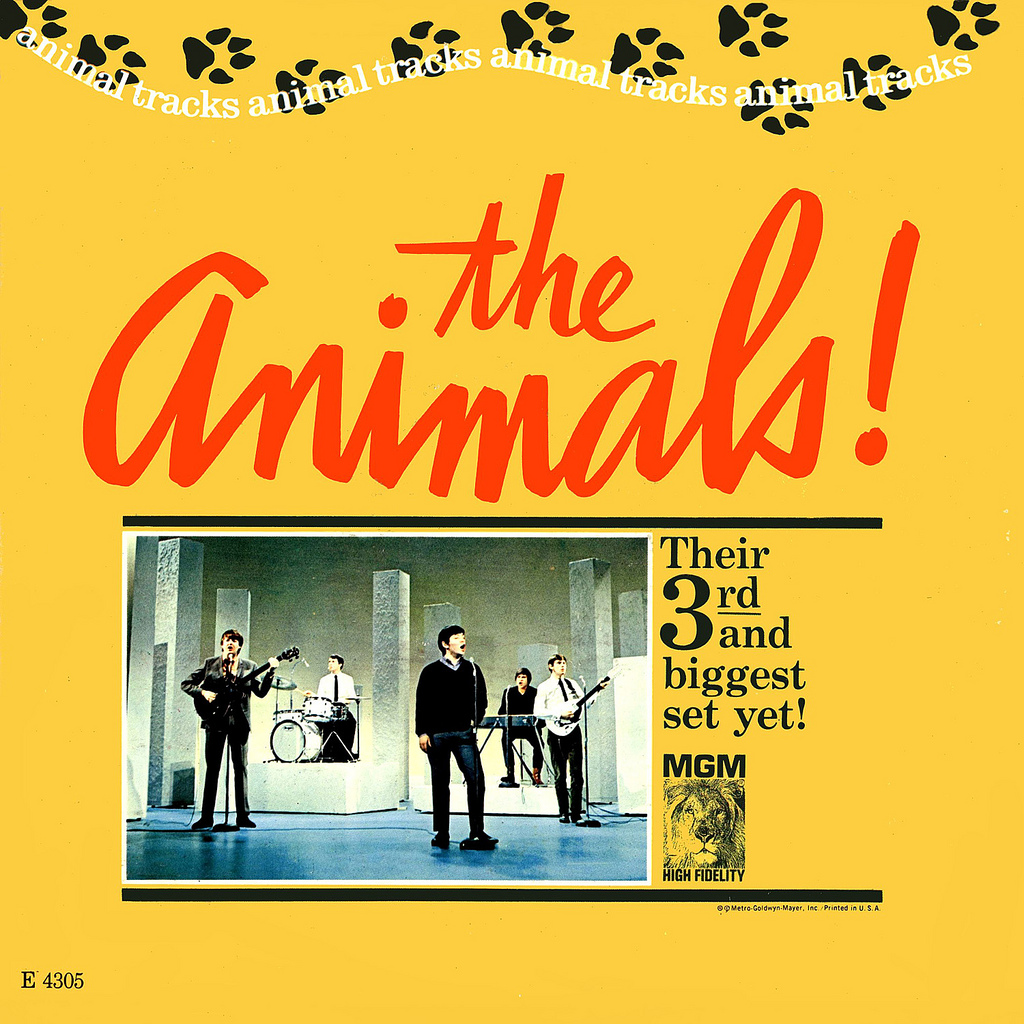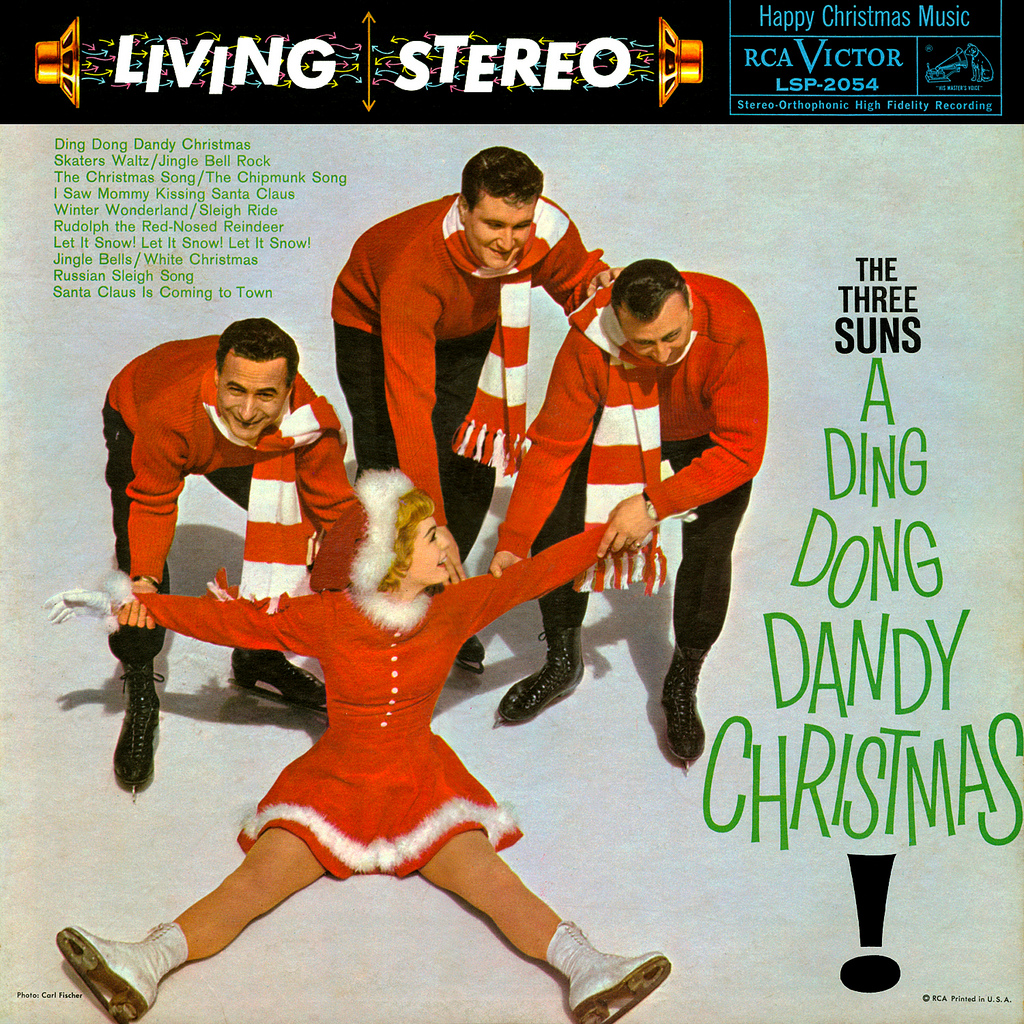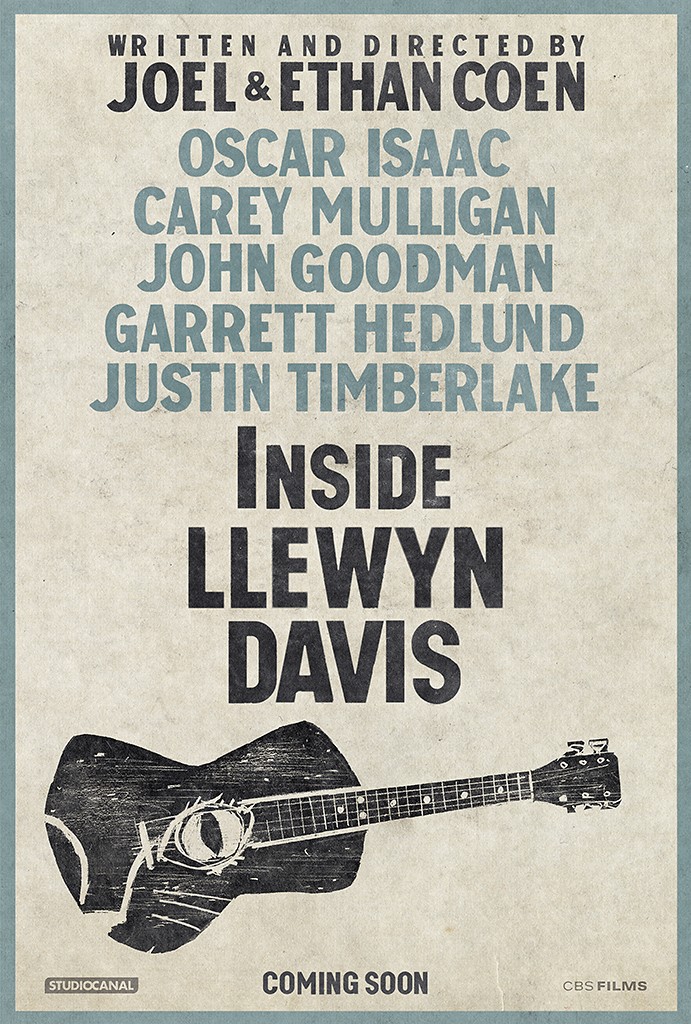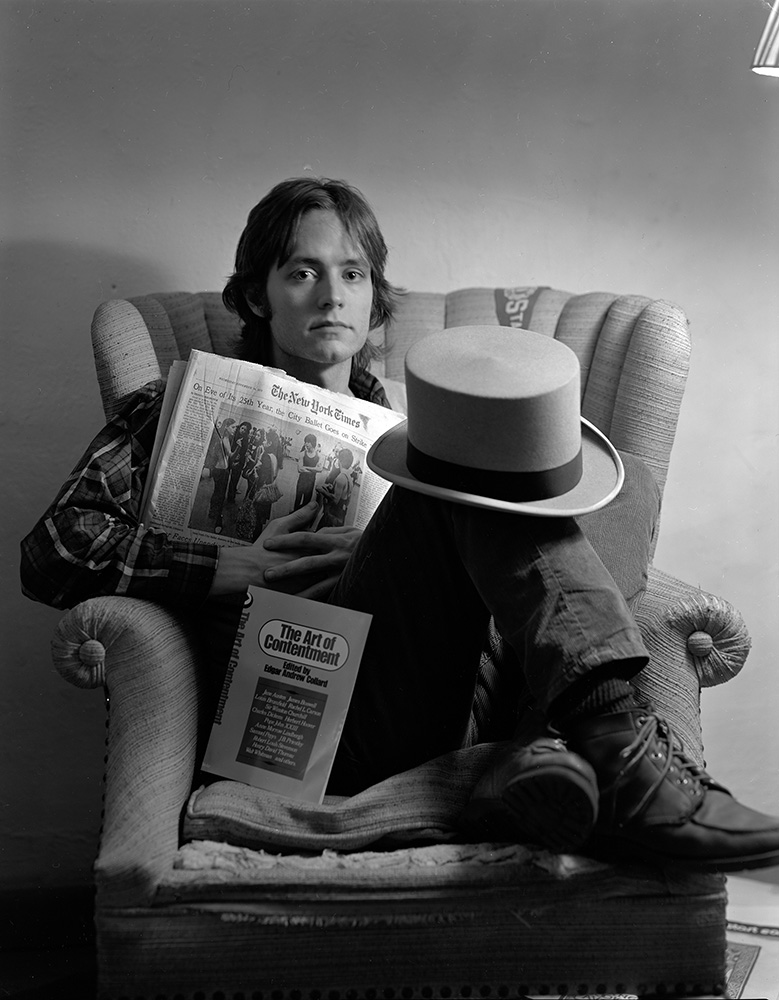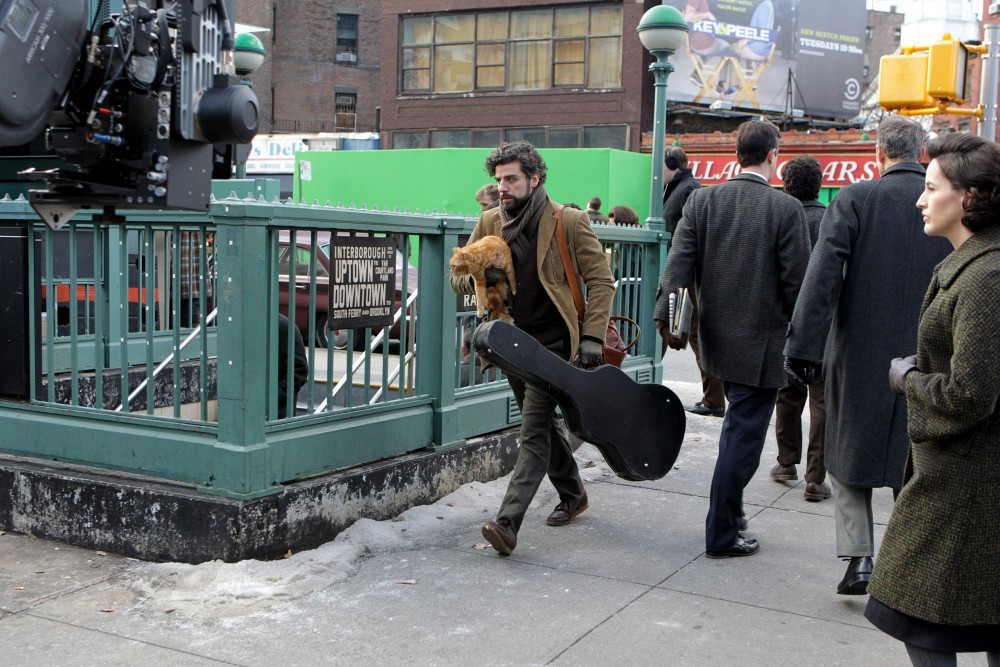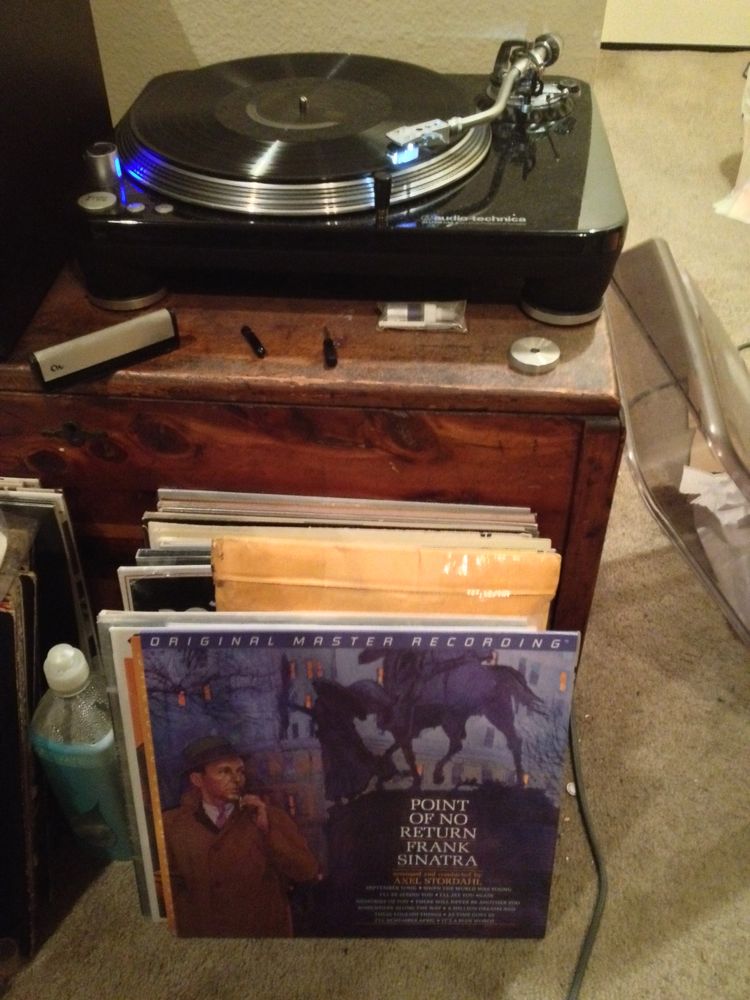
This album, from 1962, was the last one Frank Sinatra made for Capitol Records. He had already announced his plan to leave the label in order to start his own, Reprise Records, and had begun recording tracks for release on Reprise, but he still owed Capitol one last LP under his old contract, and this is the LP he delivered, recorded in just two days.

Its reputation has suffered from being considered a perfunctory effort by Sinatra done for contractual reasons only. It was left out of Mobile Fidelity’s legendary audiophile vinyl collection of Sinatra’s Capitol albums (above), and it’s relatively hard to find as a used LP, except in an abridged version issued later by Capitol as a low-budget title.
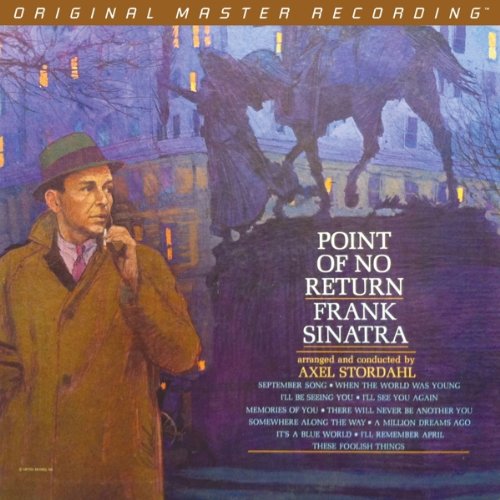
Mobile Fidelity has just rectified its questionable decision to leave it out of its Sinatra box by issuing a fine 180-gram vinyl pressing of the complete album. It’s not one of Sinatra’s greatest Capitol LPs, but it’s hardly a negligible effort, either.
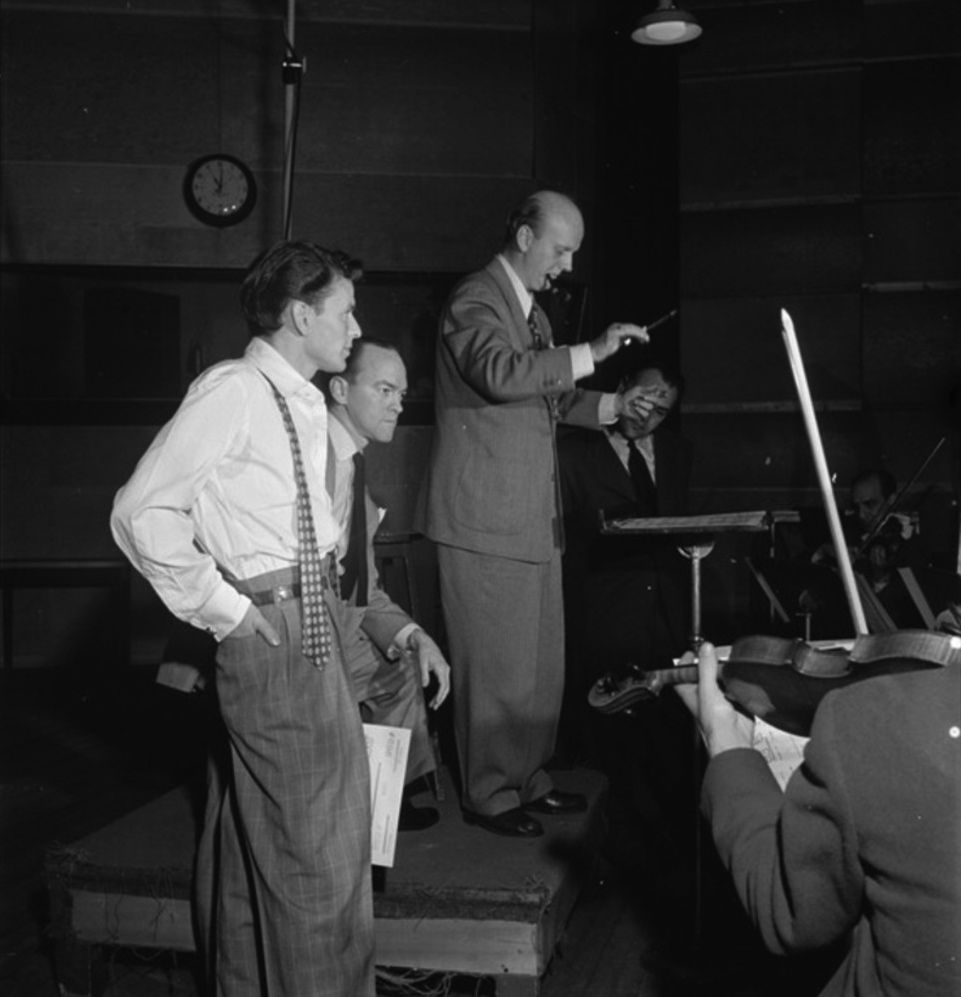
Interestingly, Sinatra got Alex Stordahl (with Sinatra above in 1947) to arrange the numbers on Point Of No Return. Stordahl, known for his swirling, sentimental (some might say syrupy) sound, had been Sinatra’s principal arranger during his years with Columbia. The Stordahl sound worked well with Sinatra’s voice in his boy crooner phase, and Stordahl arranged Sinatra’s first sessions when he moved to Capitol, but Sinatra was reinventing his artistic persona at that point and quickly moved on to other arrangers who had a hipper, jazzier vibe — Billy May, Gordon Jenkins and, most notably, Nelson Riddle.
So it was undoubtedly something of a sentimental gesture by Sinatra to bring Stordahl back for his last recordings at Capitol, ending up where he had started off, so to speak, completing a circle.
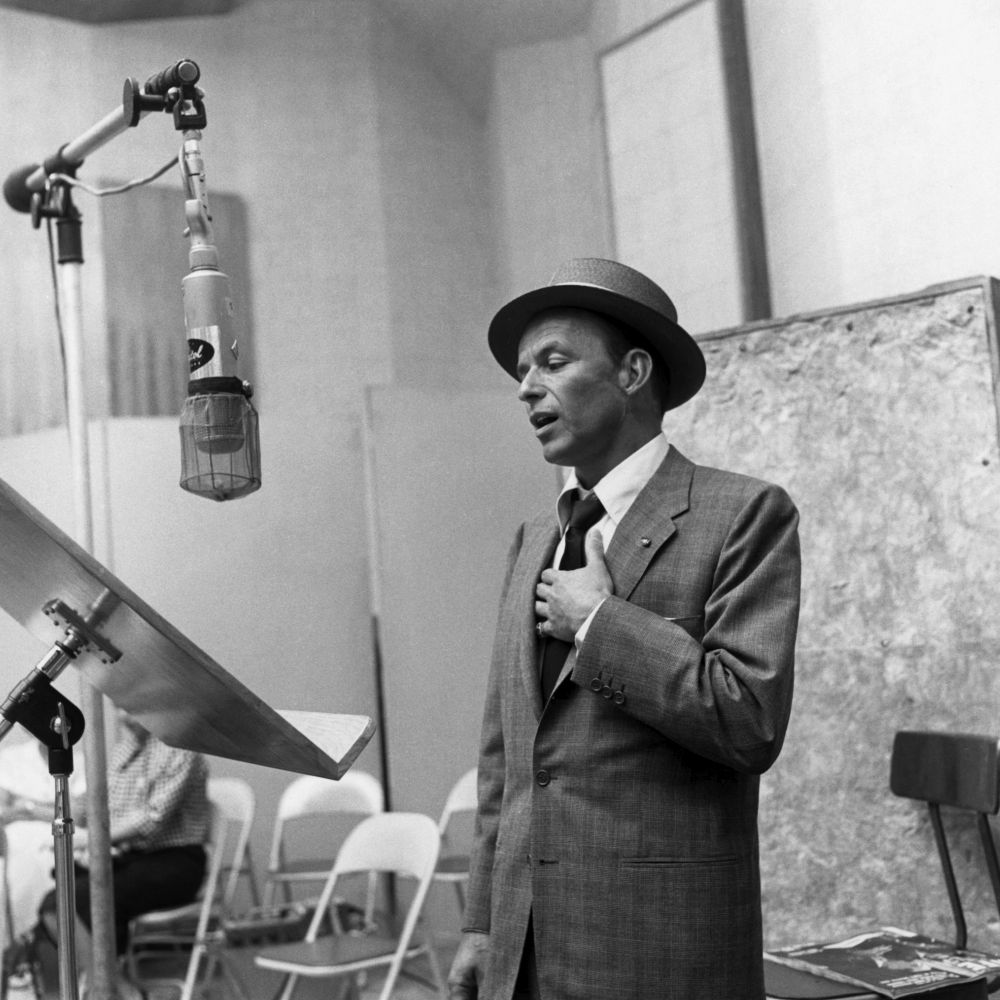
The album he and Stordahl created, however quickly, is quite fine. Neither is going for big effects here, for anything profoundly expressive, but the craft of both men was such that they simply couldn’t just toss something off heedlessly. These are good, solid interpretations of good, solid songs, inflected with Sinatra’s musical and emotional genius. It’s by no means unworthy of the great body of work Sinatra created at Capitol, which remains one of the glories of our civilization.
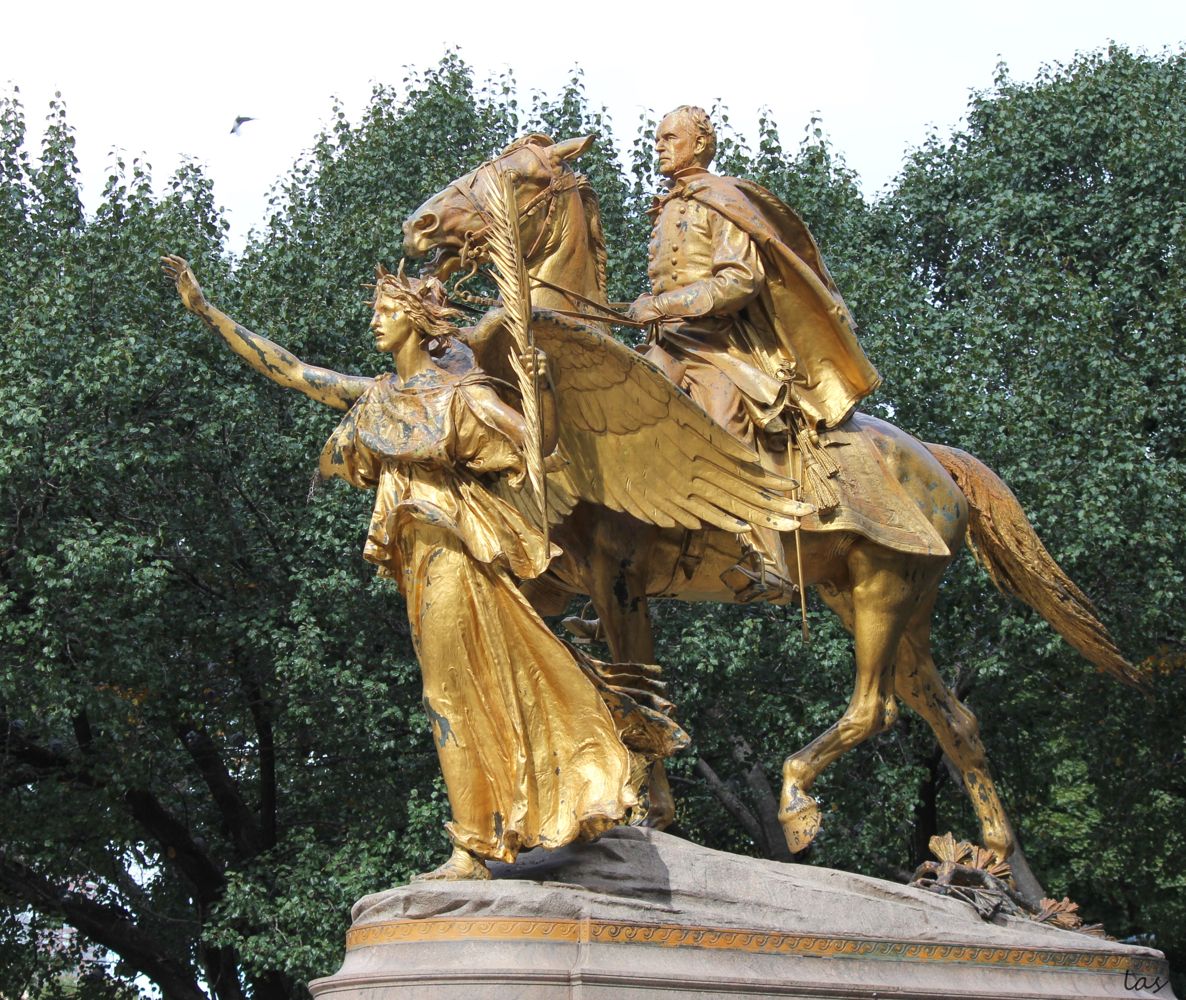
I would be remiss not to note that Point Of No Return has the coolest Sinatra album cover of all time — a Mad Men era illustration of the singer standing in front of the Plaza Hotel in NYC, next to the Sherman statue, in the rain, wearing a belt-less tan 50s type trench coat and a Stetson Nobel, smoking a cigarette. Like the title of the album, it has a melancholy, valedictory feel.
Click on the images to enlarge or isolate.

